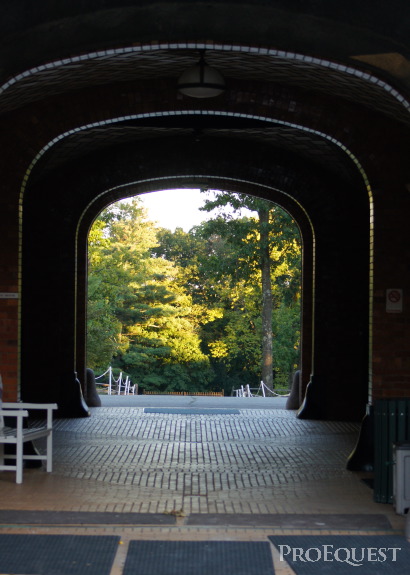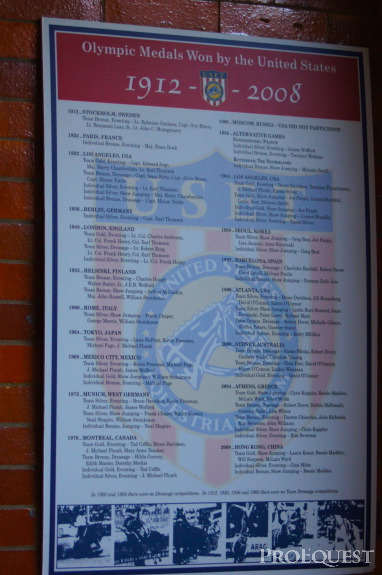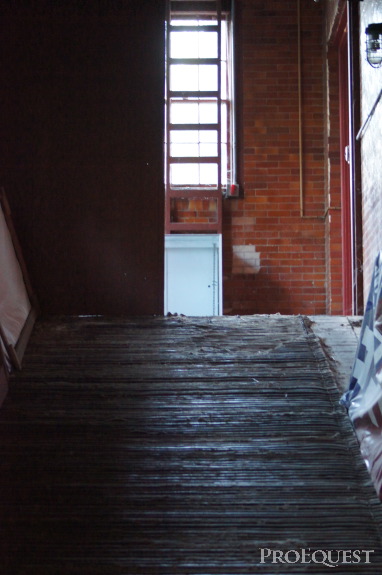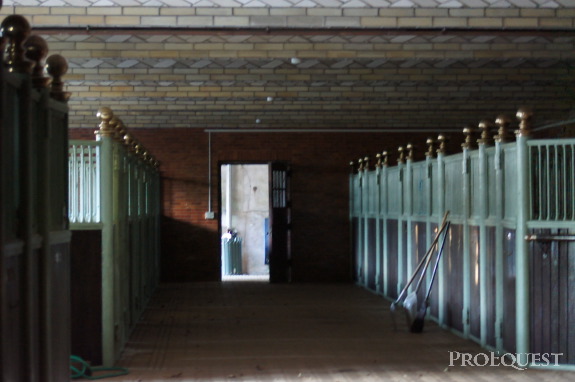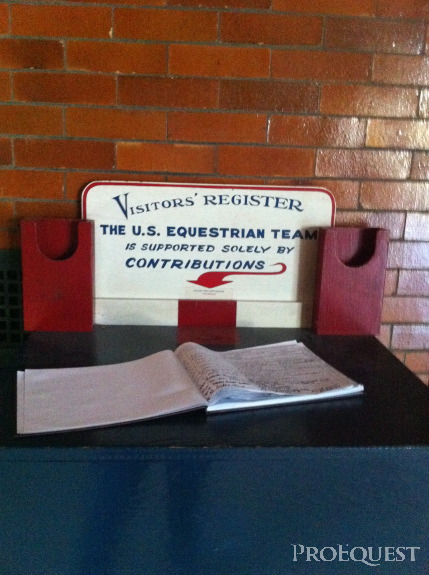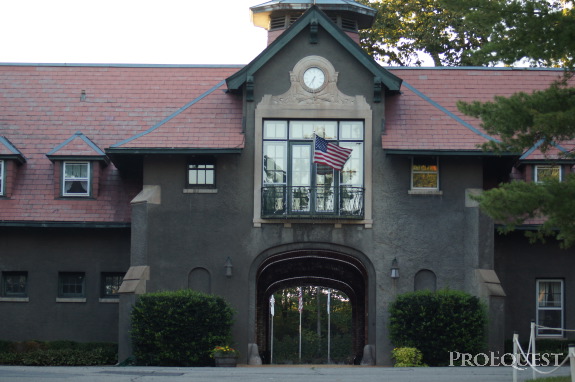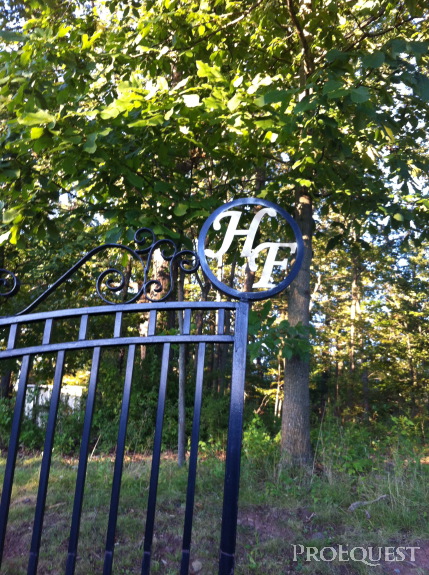
On Hallowed Ground
Blog
On Hallowed Ground
It felt like we were trespassing, a little bit. The great iron gates were shut and it was late enough in the day that the sun was filtering through the trees, making the long driveway seem a bit more abandonded than it actually was.
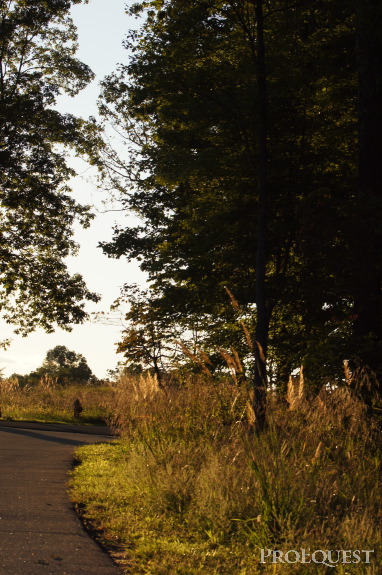
But then a man drove out the gates at just the right time. We stopped him and with smiles and wide eyes, he was sweet talked into letting us in. As we rolled down the driveway I saw the rooftop through the tops of the trees. Immediately, I knew the pseudo tresspassing mission was worth it.
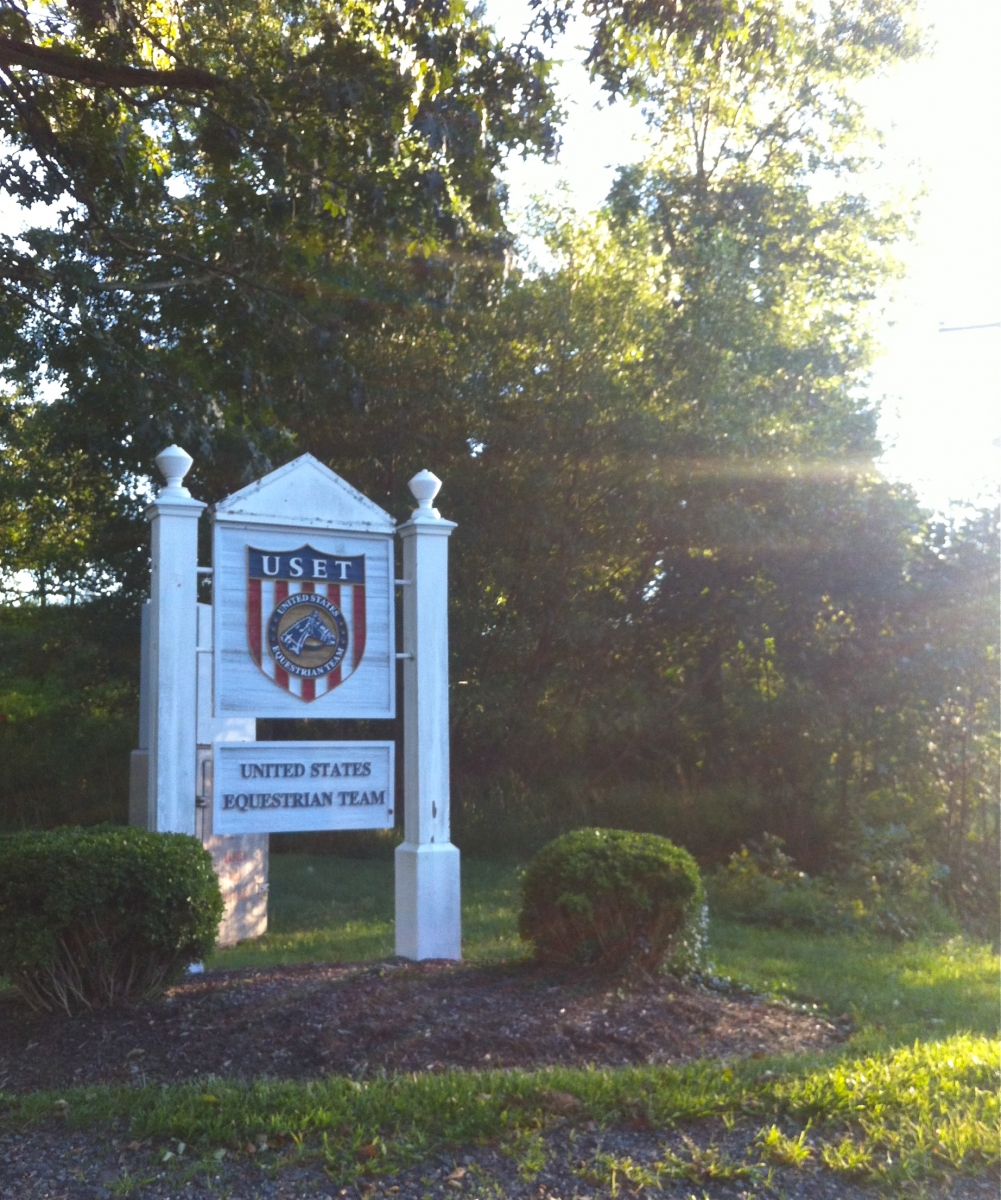
If there is a hallowed ground for equestrian sport in America, it is most definitely the United States Equestrian Team Headquarters in bucolic Gladstone, New Jersey. And it's always been a place that I've wanted to see with my own eyes.
But, as a very infrequent visitor to the great state of New Jersey, the opportunity had never arisen until now. If you've been following this column over the last week or so, you know that I've been show hopping in the the greater New York area. And today, with the show in Saugerties over, I headed south to visit a friend who works as a vet near Gladstone. Driving to meet her, I passed the exit on the highway that announced "UNITED STATES EQUESTRIAN TEAM" and knew I'd be remiss if I got this close and didn't try to at least glimpse the outside walls of this famous barn.
It was built between 1911 and 1916, and became the USET Headquarters in 1961, during Bert de Nemethy's long reign as USET show jumping coach. Back in those days, team horses were owned by USET and riders were assigned to them. Team riders stayed at Gladstone, living together, training together, and working together each day. Walking into the entrance of the great barn and looking up through the glass coupola to the floor above, I could imagine the rider meetings that were held on the top floor, with the riders looking out the windows over the entrance courtyard, or the arena, after a long day. De Nemethy was known as a strict taskmaster, who "found with the team were riders that had done showing and riding a lot, but didn't have the foundation and the fundamentals of riding," according to William Steinkraus (via uset.org). Hmmm, some things never change?
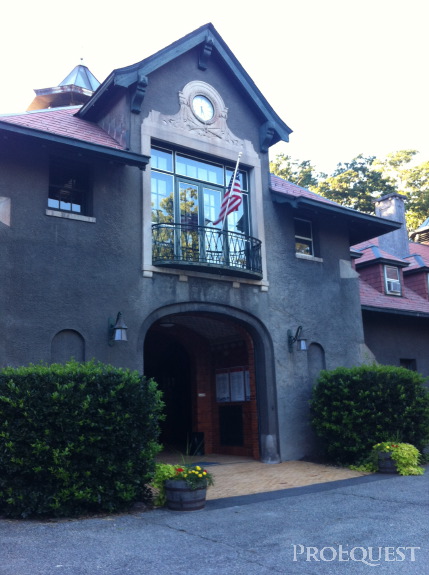
The barn opens with a magnificent tiled entrance and has 54 stalls on two levels. The equine "staircase" leading from one floor to the next is riveted for equine traction, and pock marked with and age. At first, we tiptoed around, half expecting someone to pop up and demand to know what we were doing, sneaking around such an important and storied place.
But, no one came, and curiousity took over. Walking carefully from the ground floor down to the one below, I realized it was the first time I'd ever actually been inside a two story barn (we don't see many of those in California.) The bottom floor with its rows of empty stalls was cool in an eerie kind of way.
When the barn was originally built, it was part of a 5,000 acre estate that spanned three counties of New Jersey foxhunting territory. Named after the owner's wife, it was and is still called Hamilton Farm today. The family was particularly fond of horses, and built the imposing three story barn to house their foxhunting and carriage horses.
Walking down the aisleway past the empty stalls, it was impossible not to imagine the echo of foxhunters and jumpers stomping on the ancient mats, or pressing their noses against the bars to investigate their neighbors. Hundreds of important horses have walked up and down these aisles, and still do, of course. The US Dressage Championships are held here, and the 2012 Olympic dressage team (in all its foam fingered glory) was determined here in June. The show jumping team gathered here for training before the 2011 Pan American Games (they won gold, perhaps the good karma of this place rubbed off?) and the Show Jumping Talent Search Finals East are held here as well.
But the stillness of the place in the early evening made me think only of the legends that had passed under its roof in years past. The whole property was eerily quiet, so much so that the famous boots and hooves that had once used this facility as a daily training base seemed just around the corner. De Nemethy, Steinkraus, Chapot, Kusner all walked these halls, and now the names of those epic riders, their horses, and many more are immortalized on the walls.
Yes, it also made me think about the events of this year, and the extreme highs and lows that our equestrian teams produced. While standing in this barn aisleway, while peering through locked doors at shelves lined with trophies from around the world, while looking out towards an arena upon which so many talented horses stretched their legs, the history of equestrian sport in our country swept over me like a wave. Win or lose, good year or bad, our mecca will always be this regal place. And that's something to be proud of always. Take it from me; anyone with an equestrian bone in their body must pay homage to Gladstone at least once in their life. It won't let you down.
